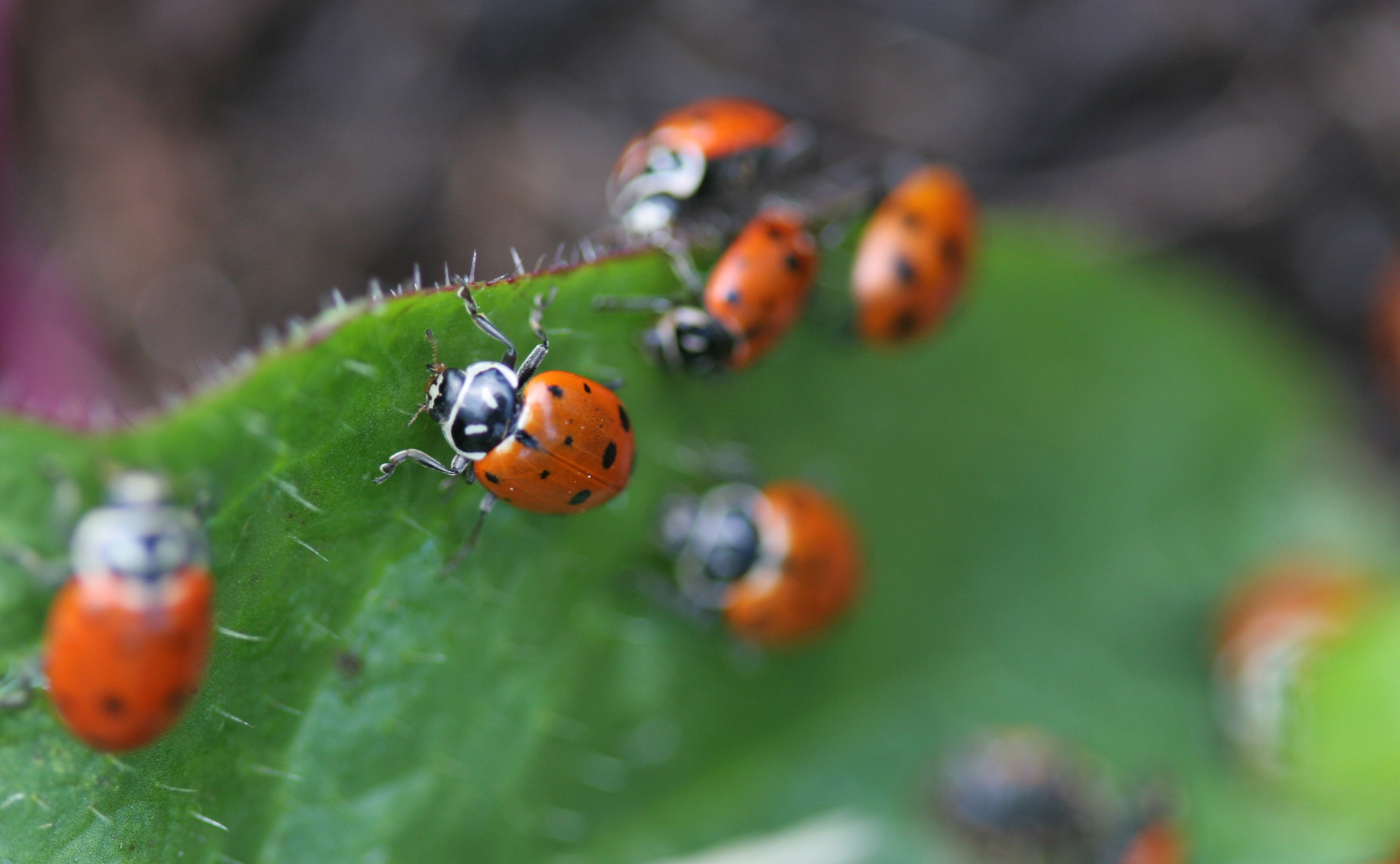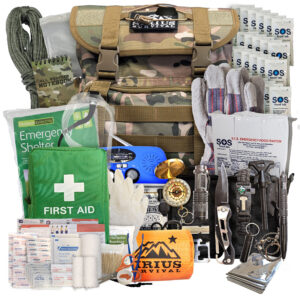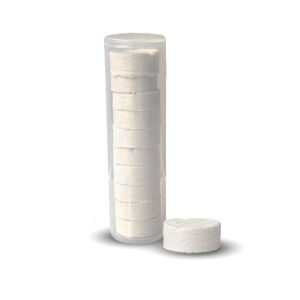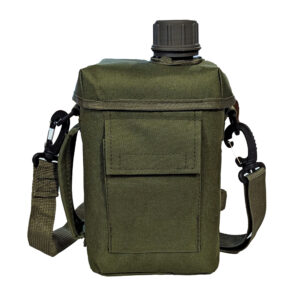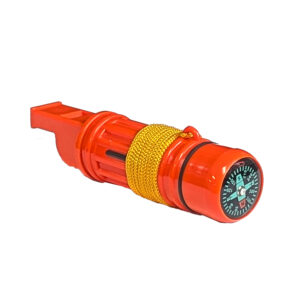We’ve done a lot of talking about how important it is to eat and drink when you’re in the wilderness. We’ve discussed how you can only live for 3 weeks without food and 3 days without water. We’ve explored wild plants that are edible, as well as how to trap and catch food. Something we have not yet discussed is what to do if those options just aren’t available. You know you’ll need to eat. You know that your time is limited before your body starts using up excess calories. You know that obtaining nutritional value is important. How are you going to get it? Bugs.
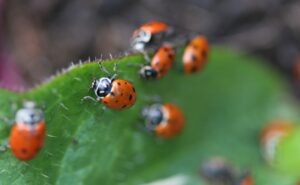
Eating various insects for survival purposes isn’t actually that odd for a majority of the world’s population. In fact, almost 80 percent of the world’s population eats insects. This will come as no surprise if you’ve ever gone to an Asian market. The formal name for eating insects is called entomophagy.
You may not have a particular interest in eating a caterpillar or a cricket, but for many, this is a delicacy and is a great way to get vitamins and minerals into your diet. Many primitive cultures ate insects, and many still do today.
You may be thinking that you’d never eat a worm or a beetle. If you’re experiencing true starvation and the options are to either eat the bugs or starve, I’m going to guess that you’re going to eat the insects. Many insects are in fact edible, and depending on who you ask they may even taste good! Not to mention they can be incredibly nutritious.
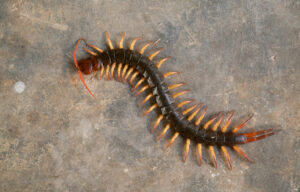
Rule 1: Avoid smelly insects
Scent is a natural warning and defensive mechanism used by both insects and animals alike. If the bug stinks, sprays, or leaks some sort of nasty or foul-smelling liquid – don’t eat it. Stink bugs are a perfect example. When you smoosh those guys you definitely know it because the aroma fills the air. Imagine chomping down on that. Don’t do it. You wouldn’t eat a skunk after it sprayed, would you?
Rule 2: Avoid bright colored insects
Another warning, mostly to their prey, but also to humans, is the colors of the insect. Brightly colored insects are often poisonous and they are trying to tell their prey to avoid eating them. Bright colors are warning signs. It may be pretty to see a purple and blue beetle, but don’t take your chances. Go for the brown or black one instead. If you have the choice, always decide to chow down on natural or earth-toned bugs instead of the brightly colored ones.
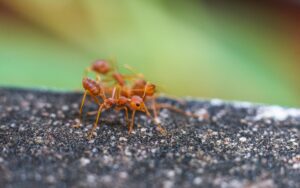
Rule 3: Avoid hairy/fuzzy insects:
You wouldn’t want to eat a mammal that still had its fur on it, would you? It would irritate your throat and be pretty nasty to chew. The same goes for insects. If you see fuzz, fur, or hair on a bug you should steer clear. Often, these little hairs are disguised as stingers. Don’t risk it. Find a bug without fur.
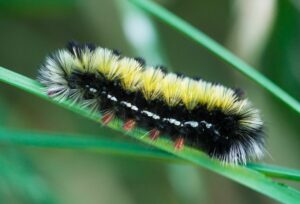
Rule 4: Avoid insects that may eat poisonous plants
You may not know all the poisonous plants in your area (you could check out this article for more info) but you do have some common sense. Mushrooms and fungi are notoriously poisonous. I would never recommend popping a random mushroom into your mouth. Any bugs found eating or hanging out on these types of organisms should also be avoided. Even if the particular insect, like a slug or snail, is edible they may have been eating something that is in fact dangerous for humans to consume.
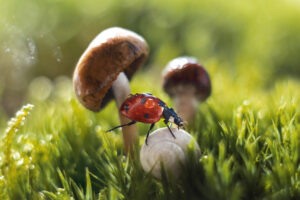
Rule 5: Cook before eating!
There are definitely some, if not many, insects that can be consumed raw. A general rule of thumb, when eating any living thing, is to cook before eating. Many organisms (both animals and insects) contain parasites and microorganisms that could be dangerous to humans. It’s always a good idea to cook your food before ingesting it just to be on the safe side.
Cooking also helps to harden the insect so it hopefully won’t be as squishy and juicy when you bite into it. Yuck!
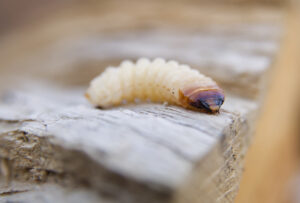
Whether you decide to go this route or not, eating insects can be a way to survive if need to. I mean I wouldn’t recommend going out into your yard and cooking up dinner with the bugs you find out there, but in the case of a true survival situation where you need calories, this is definitely an option.
